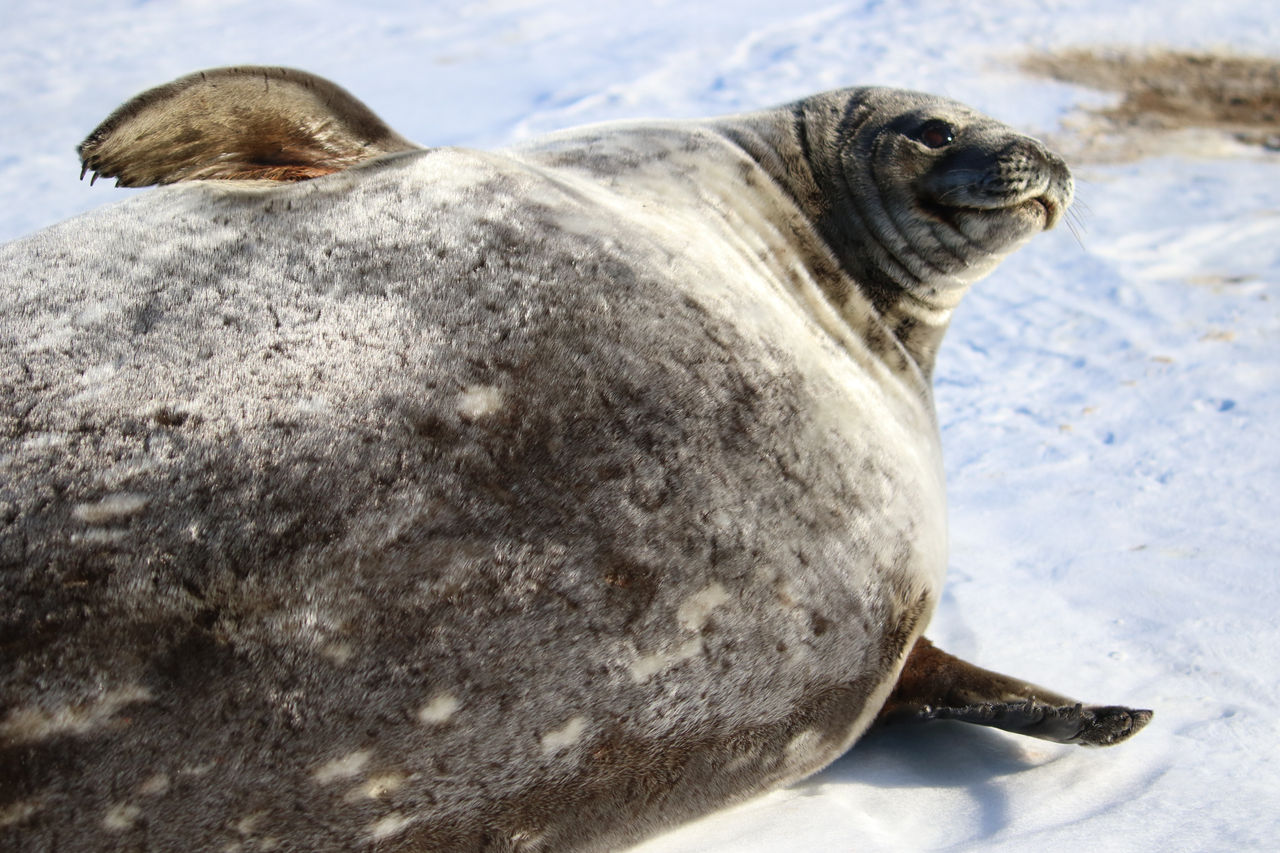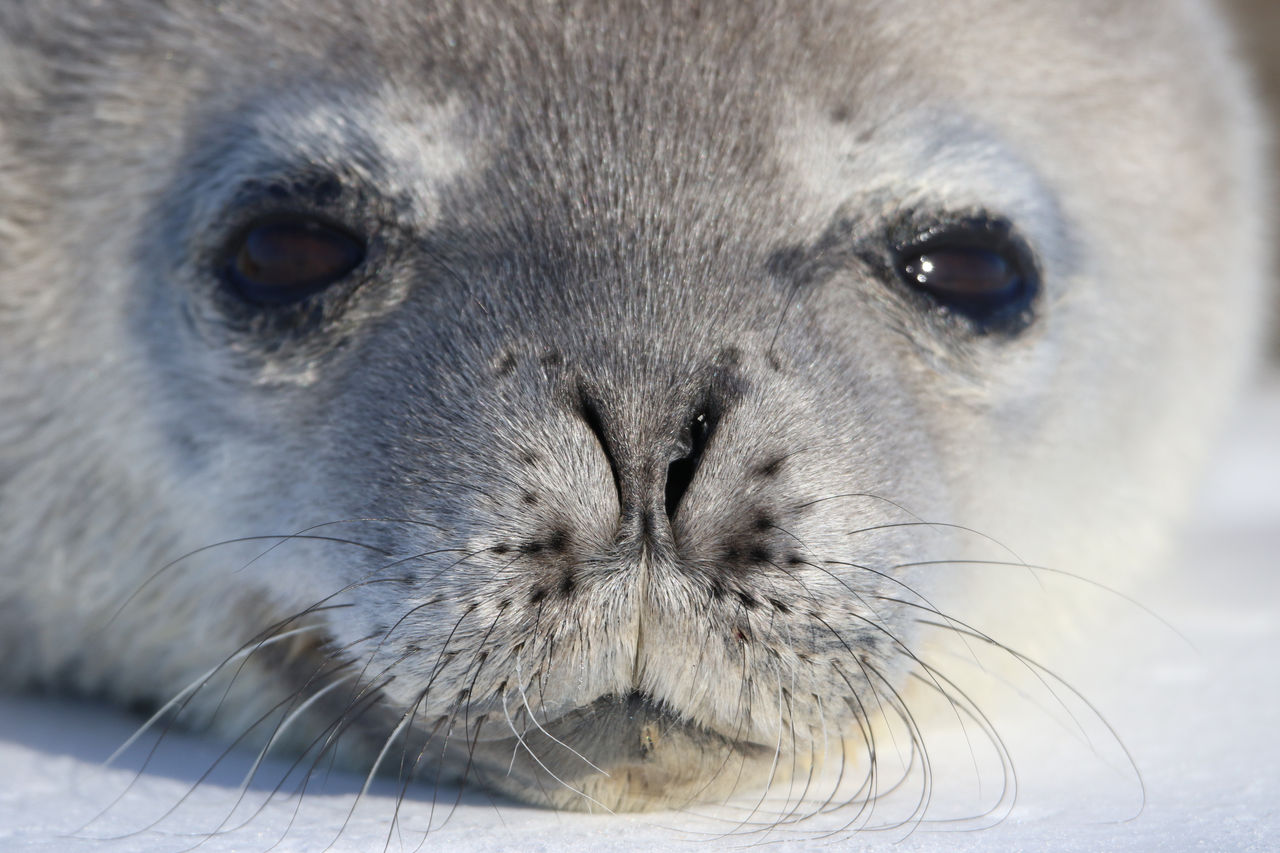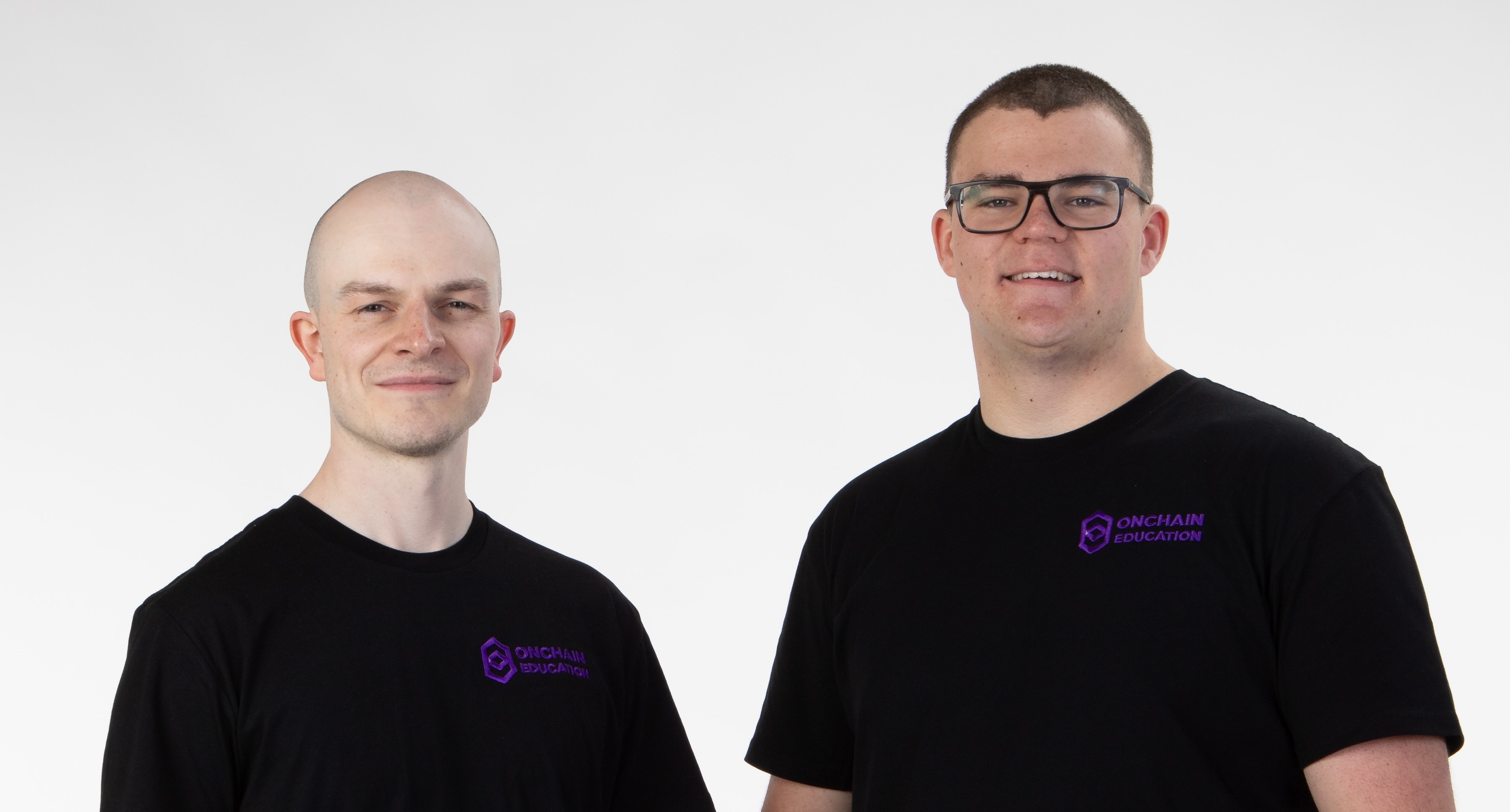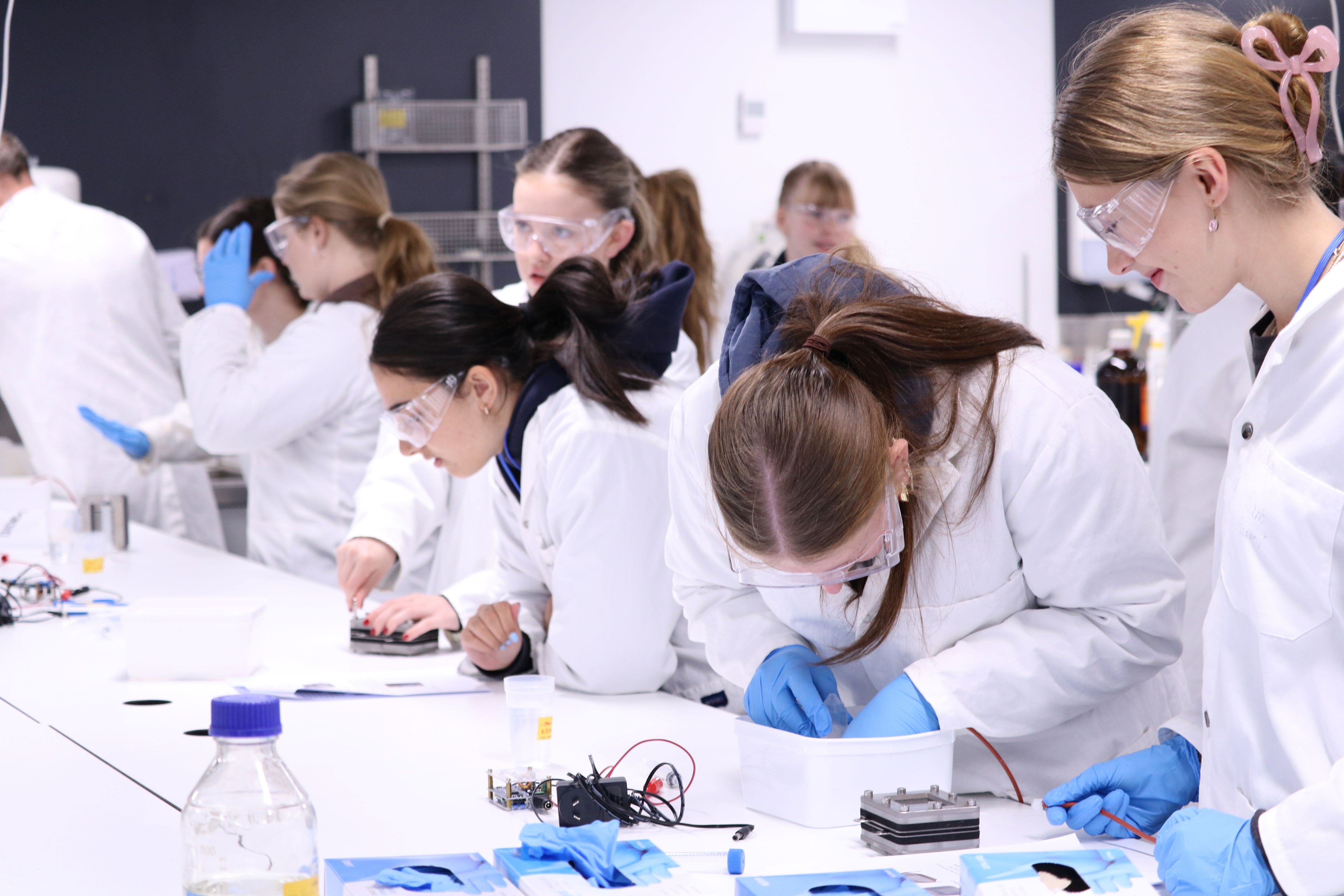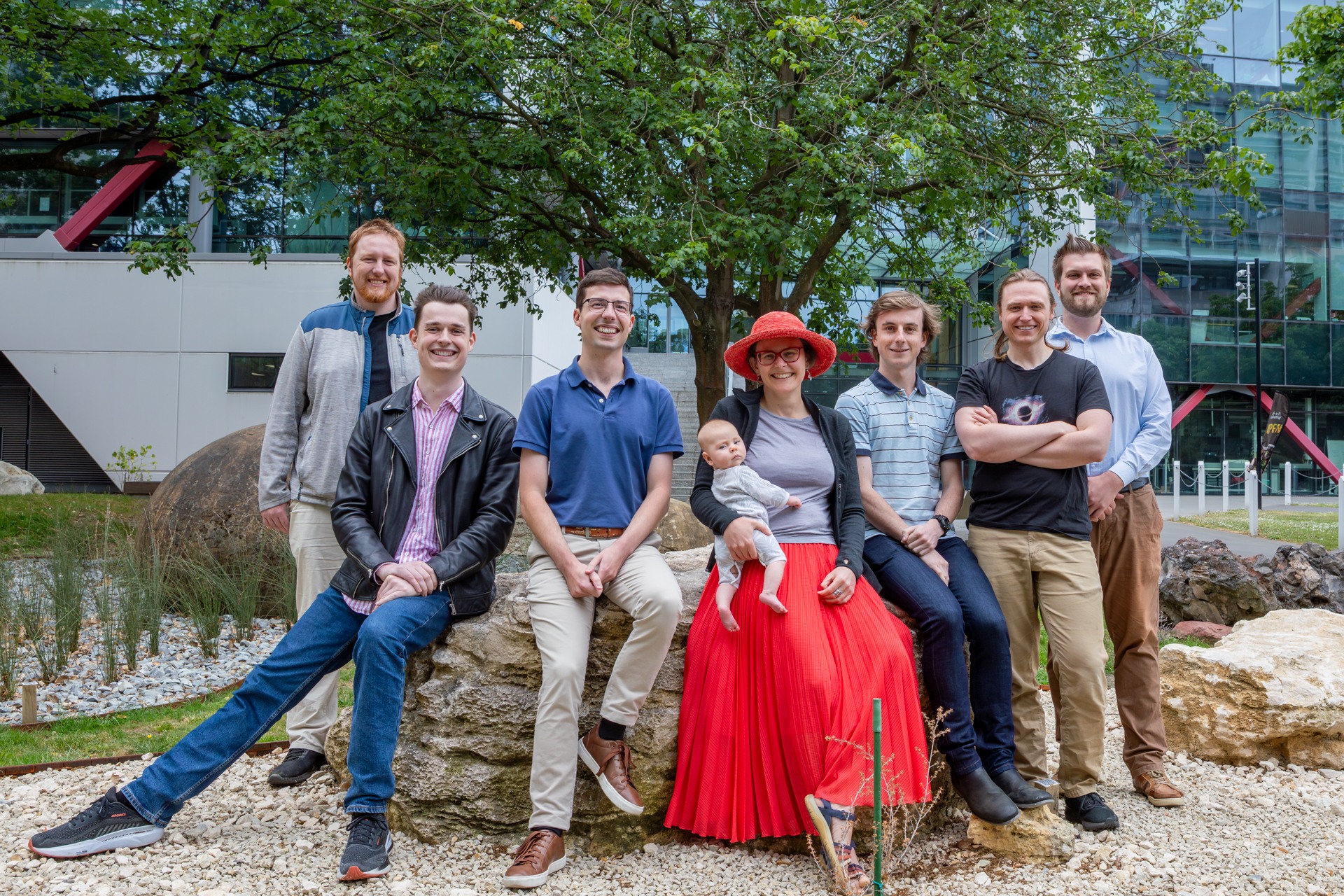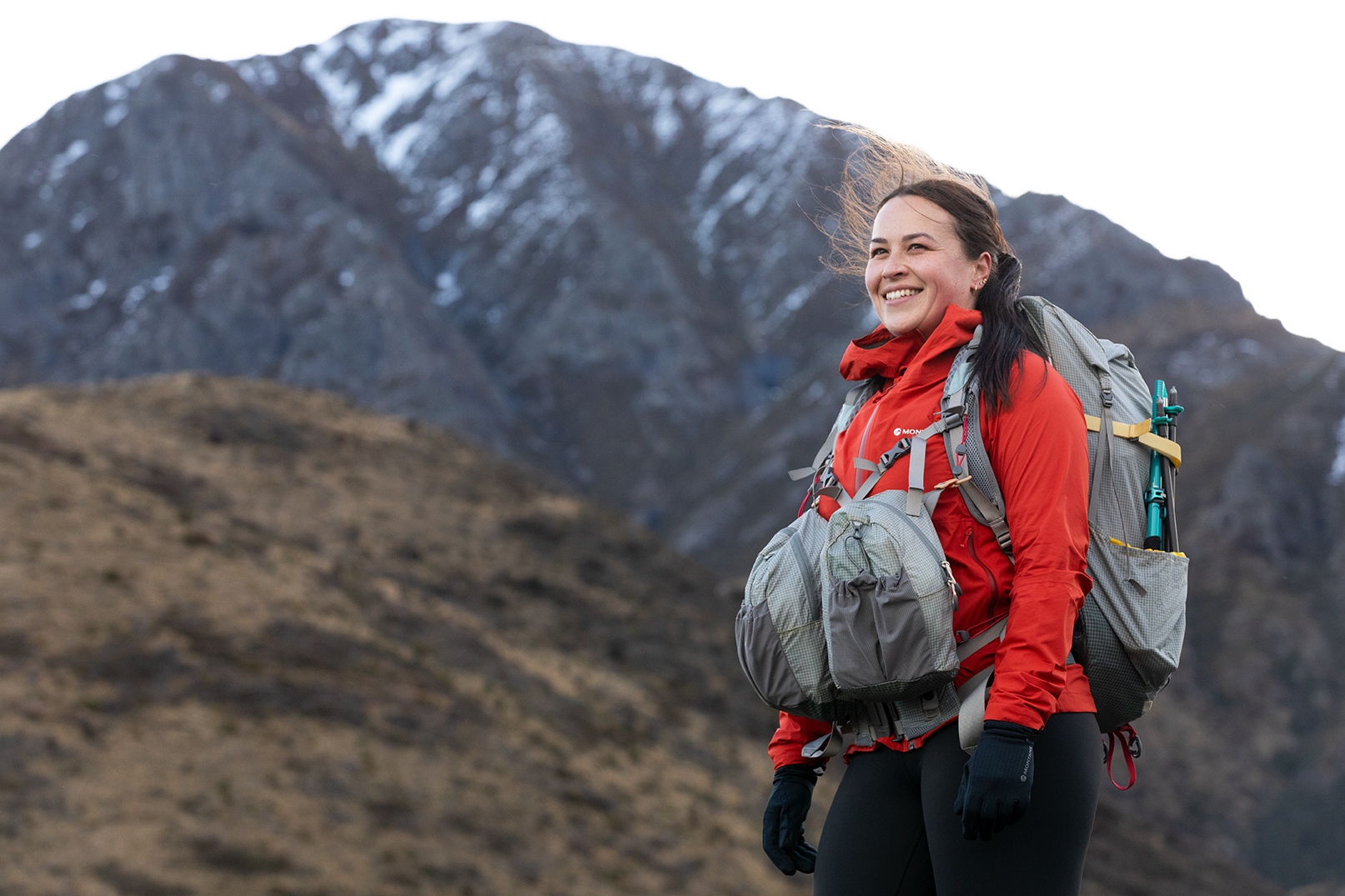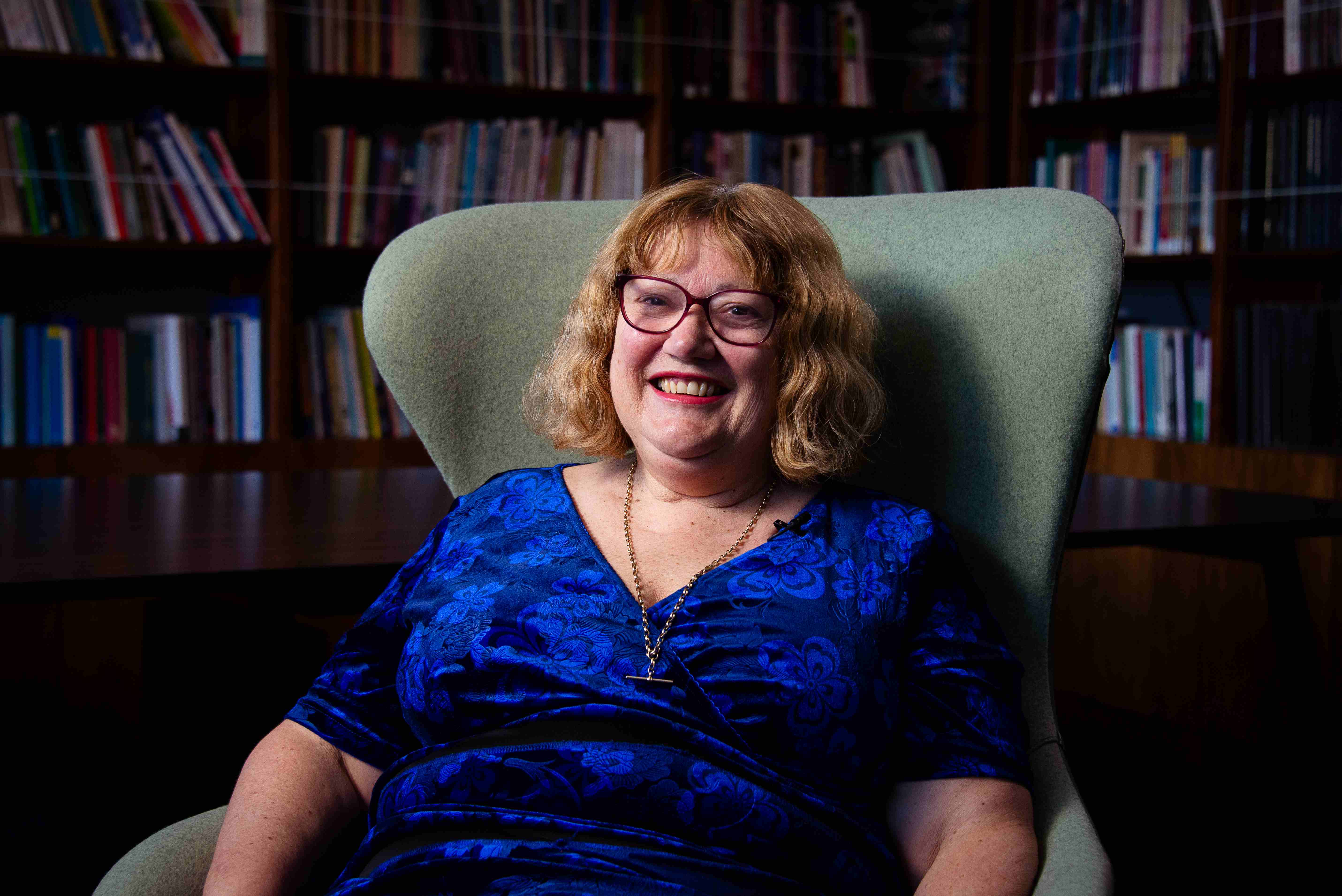Photo caption: Weddell seal photos collected under the permit number ACA 2025-010.
Photo caption: PhD candidate Arek Aspinwall in Antarctica about to begin his survey.
UC research explores seal stress at Scott Base
Te Whare Wānanga o Waitaha | University of Canterbury (UC) PhD candidate Arek Aspinwall is exploring how sensitive Weddell seals are to environmental impacts by looking at their behavioural, physiological, and demographic responses to the Scott Base Redevelopment in Antarctica to better understand what ‘seal stress’ might look like. His findings could help guide future decisions across a range of Antarctic activities, including tourism.
Monitoring seal behaviour and hormones during construction
Taking a broad approach to detecting stress in Weddell seals, Aspinwall is examining behavioural changes, physiological markers like stress hormones, and demographic shifts such as changes in age structure within the Scott Base Weddell seal population.
“Scott Base sits on the edge of Ross Island where sea ice meets land, forming ridges and ice cracks that offer shelter and water access, ideal conditions for a colony of breeding Weddell seals right outside the base,” Aspinwall says.
He says about 10 pups are born each year in October and November, which has previously coincided with the use of explosives less than 500 meters away for foundation work on the Scott Base Redevelopment.
“Weddell seals are simultaneously predators and prey, so seal population changes can have knock-on effects for many other species.
“If we know what a stressed Weddell seal population looks like, we can better monitor them and know what red flags to look out for.”
AI helping to track seal numbers and environmental impact
Using time lapse imagery captured from cameras installed at Scott Base since 2018, he analysed around 65,000 images, using a machine learning algorithm, created by the UC Computer Vision laboratory, that identifies and counts seals in each frame. This allowed him to combine detailed seal count data with environmental information from Scott Base, such as temperature, wind speed, and tide data, as well as human activity records like fixed-wing cargo deliveries and explosive detonations.
“By tracking when explosives were detonated, I noticed that seal numbers drop immediately afterward, but they tend to recover and return to normal within 24 to 48 hours.
“Physiological change is the thesis chapter I'm most excited about because essentially this is what my Antarctic fieldwork has been about. I am looking at how stress hormone metabolites appear in seal faeces and urine,” Aspinwall says.
From Antarctic fieldwork to UC laboratory analysis
Aspinwall’s next steps are processing the samples he collected in Antarctica in the UC lab.
A lifelong fascination with Antarctica led him to travel across the world to study Antarctic Studies at Gateway Antarctica, UC ‘s Centre for Antarctic Studies and Research, which celebrates its 25th anniversary this year.
For anyone thinking of applying to study Antarctic Studies, Aspinwall says the key is commitment. “A lot of people rule themselves out of Antarctic research thinking they’re not good enough, but it’s really just about stamina and thinking ahead.”
Aspinwall’s research is supported by Antarctica New Zealand and forms part of the monitoring programme for the Scott Base Redevelopment. He provides updates on his latest findings and is publishing results as they emerge.


